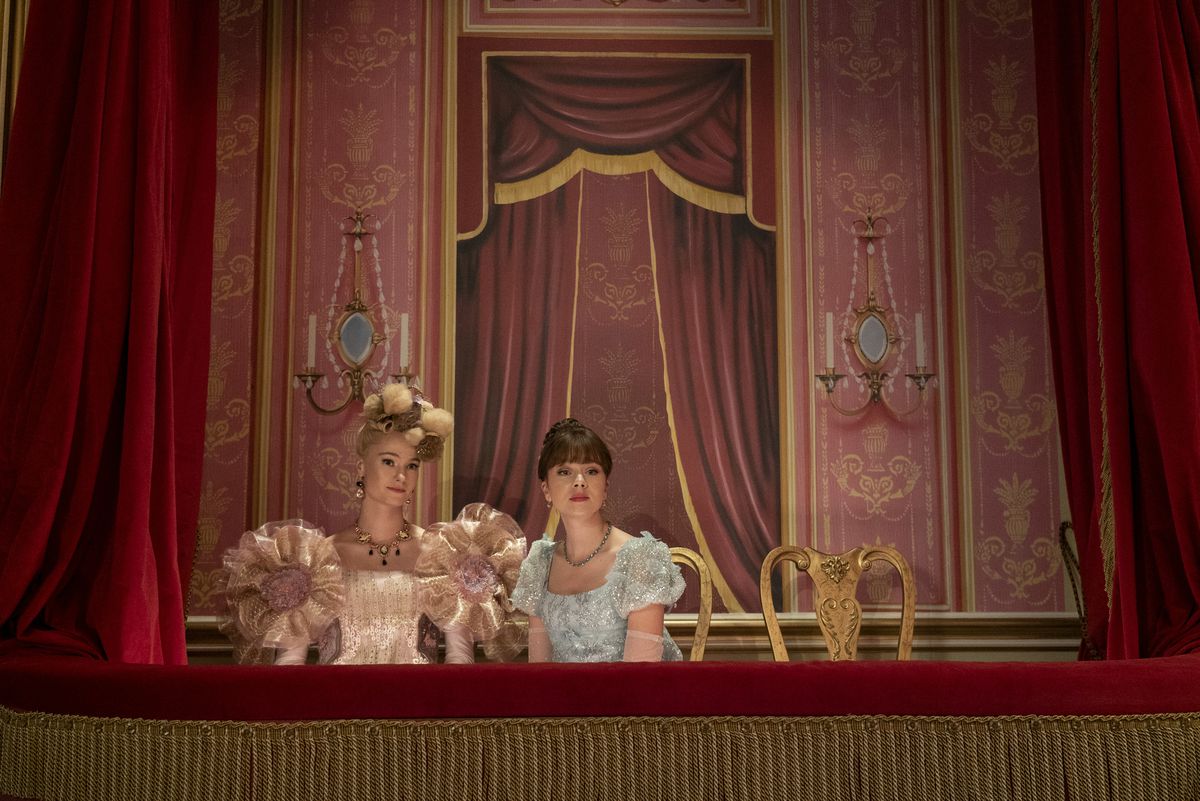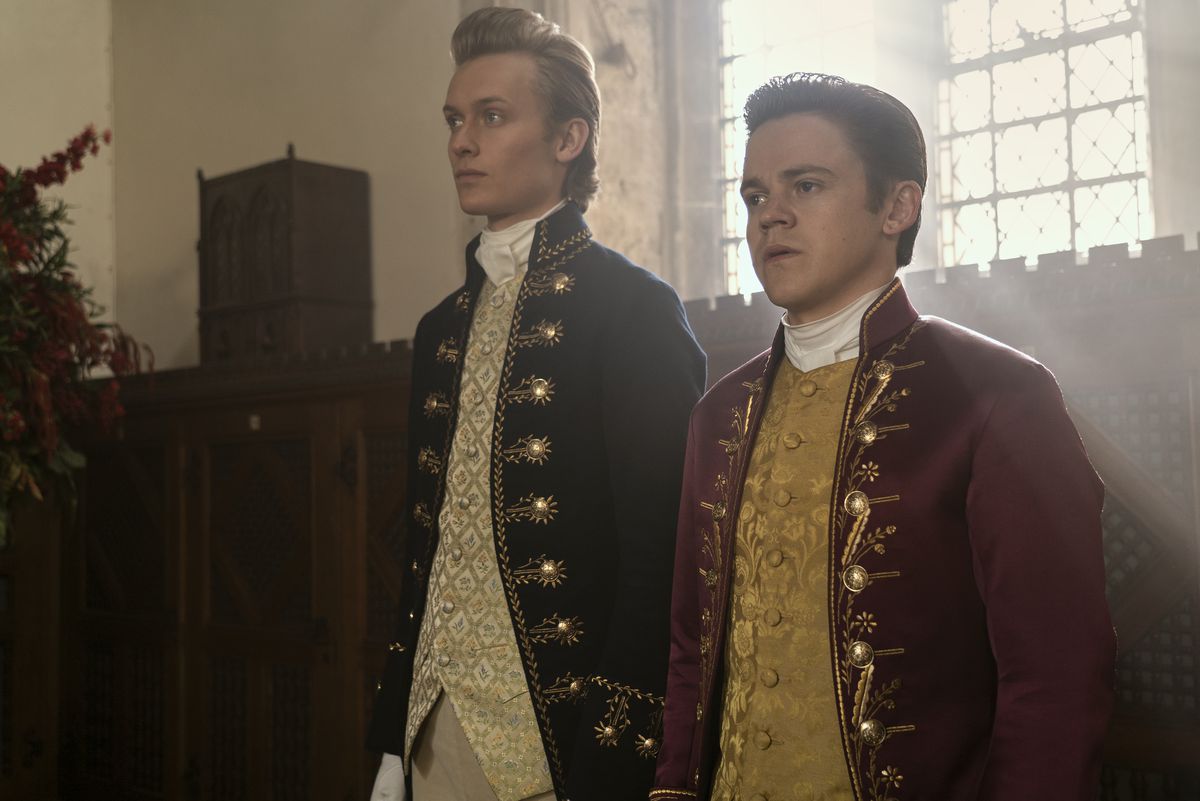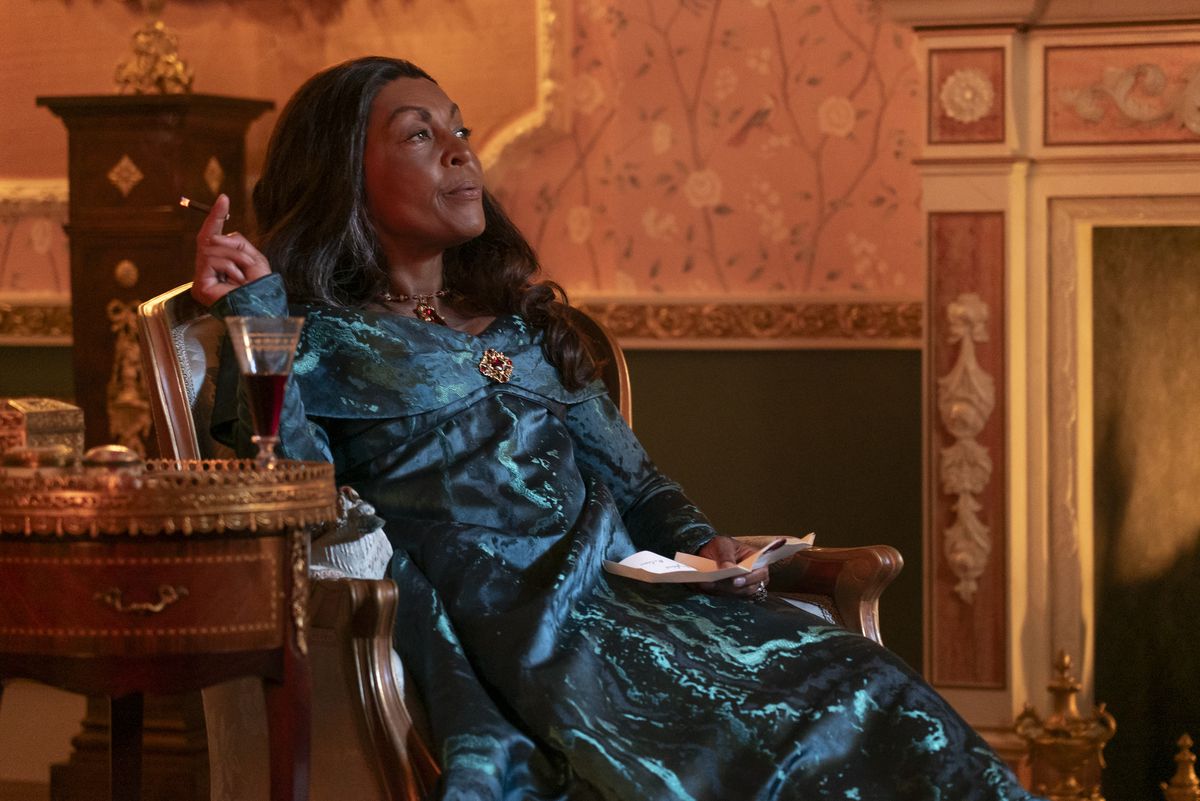Is Bridgerton already setting up the promised queer romance?
While Bridgerton‘s alternate history means that while the show is already much more racially diverse than other Regency-era romances, the show thus far has still been deeply heteronormative and deeply patriarchal, even with Queen Charlotte’s ruling. If women can’t even inherit property without a husband or an heir, they certainly can’t kiss other women (and the same goes for guys).
But new showrunner Jess Brownell told it Refinery29 Australia those strange main characters will be featured in future seasons of the show.
“I think this is a show about the many ways people love,” Brownell said. “So it only feels right to show all the ways people love, including queer love. So we are exploring queer love stories in the coming seasons,” she added.
Now Brownell was tight-lipped which characters would have strange romances. But there are some strong contenders, especially when it comes to the Bridgerton family.
It’s clearly Benedict…
Photo: Liam Daniel/Netflix
All the older brothers have had their share of sex and debauchery (thanks 19th century double standard!), but Benedict is still the only one who has seen a guy do it with another guy. In the first season, he went to a wild party hosted by artist Henry Granville, and eventually learned about Granville’s clandestine relationship with another man.
And Benedict (Luke Thompson) is the most artsy of the Bridgerton siblings. Being avant-garde and in touch with your artistic side is a stereotype that filmmakers and TV writers alike have used to indicate that a male character has been queer for decades.
Although all the brothers are not as keen on finding a match, he is the one who has arguably put in the least effort and shown the least interest in actually courting a woman. Before Anthony met Kate, he was in love with his opera singer mistress. And Colin even proposed to Marina Thompson in season 1. But Benedict was only really interested in the sexual part of relationships. He may be missing a certain spark.
This season he begins another sexual relationship with a new female character. This time, however, Lady Tilley Arnold (Hannah New) is a widow and described by Deadline as a ‘life on her own terms, with financial independence and sexual freedom.’ In the first half of season 3, we certainly see her holding her own with the men of the Ton – but could that sexual freedom mean Benedict opens his mind beyond just heterosexuality?
…unless it’s Eloise

Photo: Liam Daniel/Netflix
Eloise (Claudia Jessie) has rejected social conventions from the very first season. She doesn’t want to get married at all and prefers to talk about women’s rights. She and Penelope once bonded over this, when Eloise was inspired by Lady Whistledown. That provided a key, of course, but Eloise is constantly looking for female friendship in a way that we don’t really see in the other female characters her age, who are more concerned with finding a good lover.
Female characters who speak out against marriage and traditional social norms are often coded as queer when it comes to most films and TV shows, especially those with a historical setting. Even if they aren’t presented lyrically as queer, many are fans are touching and claiming these characters.
Although she flirted a bit with a charming paperboy in Season 2, Eloise’s closest relationships outside of her family are with other women. This season we see her become closer to Cressida Cowper (Jessica Madsen), which adds some nice depth to Cressida’s Mean Girl antics. Both Eloise and Cressida confide in each other that they want to live their own lives without getting married. And we see them seeking each other’s company at events, in a way that almost resembles a traditional courtship.
When asked about possible queer coding in Eloise and Cressida’s relationship, Madsen told Decider that she would be happy if that were the case.
“I think that’s absolutely amazing,” she said. “That would be the best! Yeah, I mean, that would be cool. I like to think it would make sense since, for example, she hasn’t grabbed a man yet. So why not a girl?
Eloise and Benedict also share a particularly special relationship, which puts them very much at odds with their more marriage-oriented family. They are often seen together and make jokes at the expense of the ladies and gentlemen of the Ton. They are both the second eldest son/daughter and both have a passion for something other than being rich. While some of the other Bridgerton siblings weren’t all that enthusiastic about the idea of marriage in the first place (like Anthony and Francesca), Eloise and Benedict more openly reject the institution of marriage.
…Or Brimsley’s lover returns

Photo: Liam Daniel/Netflix
Now there is an actual, fully fleshed out and beautifully poignant queer love story set in the Bridgerton universe – but you should look at the Queen Charlotte miniseries to experience it. It turns out that the Queen’s butler, Brimsley, has a long relationship with the King’s butler, Reynolds. We saw the full extent of that relationship in the prequel, but we haven’t seen Reynolds these days. He could be are dead, but we also haven’t seen much of King George at all, so maybe Reynolds will just take care of his boss and we’ll see the gay butlers reunited!
…or it’s just a completely different character!

Photo: Liam Daniel/Netflix
There is of course a good chance that the queer Bridgerton love story does not belong to any of the main siblings. After all, this is a show with one lot of characters and side plots. Maybe it’s a side character with a lot of character (sapphic arc for Lady Danbury perhaps?), or maybe it’s someone introduced in an upcoming season solely to have a background romance.
Hopefully this promised queer love story will get as much weight as the heterosexual story. This is an alternate history, after all, where love conquers all and the showrunners aren’t exactly bound by historical accuracy.
As Brownell says, “We have the privilege of living in this fantasy world, which means we can resist some of the reality of what happened in the 19th century.”
